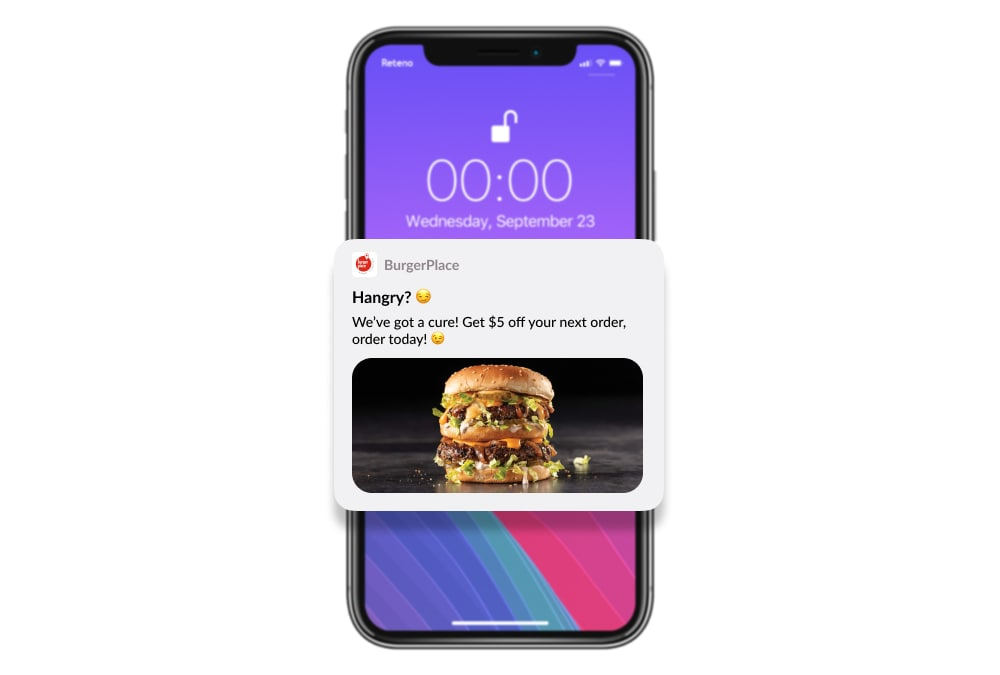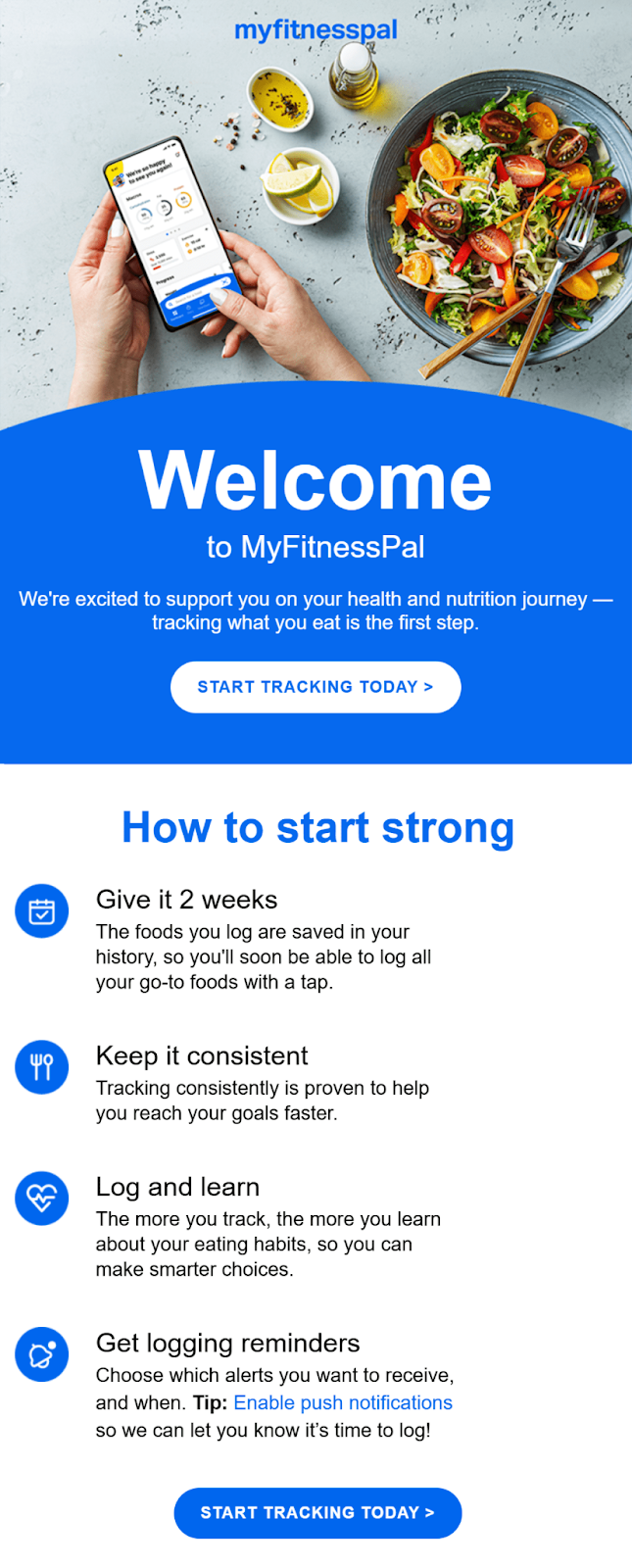Churn Prediction

Expert Writer
October 8, 2025

Expert Writer
October 8, 2025
Churn prediction has become a must-have for growth teams. You can provide help, guidance, or a better offer by catching early warning signs before customers leave. This glossary article explains churn prediction from first principles, the models behind it, and how to translate predictions into real retention wins.
Churn prediction uses your data to spot who’s likely to leave before they do. “Churn” is the share of customers who stop using your product in a given period — your churn rate. Where churn analysis explains yesterday, churn prediction looks ahead so you can step in early and keep the relationship alive.
Churn prediction looks at real user behavior to spot who’s likely to leave next. When you confidently predict customer churn, you can focus your team on the right people and offer help that actually lands. This early warning protects CLV and keeps loyalty from slipping in subscription and SaaS business models.
Customer churn prediction matters because retention compounds. Every saved customer extends revenue, reduces pressure on acquisition, and strengthens your lifetime retention strategy. Accurate churn prediction flags rising churn risk before customers tune out. That early warning lets teams act with targeted, cost-smart interventions — and, over time, it builds trust.
On the operations side, churn prediction focuses limited resources on the right people, at the right moment, through the proper channels. It surfaces meaningful patterns in engagement metrics, NPS, support tickets, and billing events, including involuntary churn from failed payments. With those signals, customer churn prediction can shape success playbooks, guide upsell or cross-sell timing, and even inform the product roadmap. The result is a better retention rate and stronger CLV.
Customer churn prediction is more than a single model — it’s an end-to-end pipeline that converts raw activity into decisions.
Effective churn prediction starts with complete, connected data. Pull product analytics, event streams, email campaign performance, mobile push notifications engagement, SMS replies, billing and subscription data, support conversations, and survey feedback. Tie these sources by user ID to trace customer behavior patterns across devices and touchpoints. Cohort analysis and customer lifecycle management metrics add context for tenure and seasonality.
In fast-changing markets, customer churn prediction keeps plans grounded.
Data quality determines how reliable churn prediction will be. Clean duplicates, standardize categorical values (plan tier, region), and normalize timestamps. Handle missing values thoughtfully and prevent leakage — the accidental use of post-outcome information that inflates results. For subscription cancellation labels, define clear rules for when a customer is considered churned versus paused or delinquent. With sound preparation, churn prediction reflects reality instead of wishful thinking.
For freemium models, customer churn prediction distinguishes dabblers from future loyalists.
Features turn raw events into model-ready signals. Useful inputs for churn prediction include recency/frequency of key actions, declines in logins, shorter session length, unresolved tickets, negative NPS comments, and late or failed payments. Create stability indicators like week-over-week engagement change and milestones like time-to-value. Strong features make customer churn prediction more robust and easier to interpret.
Once you’ve built your features, train and validate the model in a way that mirrors real life. Split the data into training and validation sets, then pick evaluation metrics that match your goal: use AUC for a broad view of ranking quality, precision/recall when potential “saves” are rare, and cost-sensitive curves when the value of saving a customer differs by segment. Control overfitting with cross-validation and regularization so performance stays honest. Because churners are usually a minority class, counter the imbalance with class weights or stratified sampling — that way the model won’t overlook rare but critical churn cases.
In support operations, customer churn prediction prioritizes outreach queues. Beyond headline metrics, check calibration: do predicted probabilities match observed outcomes? Look closely at mistakes. False positives waste attention on customers who would have stayed; false negatives miss people you could have saved. In high-touch accounts, the former burns time; in self-serve, the latter erodes CLV. Balance the two for your context. Slice results by segment, plan, geography, or user persona to reveal blind spots and quantify churn risk.
Production-grade churn prediction needs a repeatable scoring cadence, transparent handoff to systems that can act, and ongoing monitoring. Pipe scores into customer success tools and marketing platforms so interventions can trigger automatically. Track stability, response lift, and post-intervention outcomes; if behavior shifts, retrain. Churn prediction is not “set and forget” — it’s a living capability that grows with your product.
A rule-based approach to churn prediction uses if-then logic built from heuristics and domain knowledge — e.g., “Flag users who haven’t logged in for 14 days and left a low NPS comment.” It’s easy to implement and explain, but it can miss nonlinear patterns and generate false positives. Use this as a practical baseline or when data volume is limited.
Classical statistics still power excellent churn prediction. Logistic regression, survival analysis, and hazard models estimate churn probability over time and clarify which factors increase churn risk. Survival curves answer practical questions like, “What share of a cohort remains active after six months?” These models are transparent, stable, and perform well on modest datasets.
When behavior is complex, machine learning lifts accuracy by capturing nonlinear interactions among usage, support, and billing. Tree-based learners and simple sequence models work well in practice and remain deployable.
Predictions by themselves don’t save customers. The value of churn prediction comes from operationalizing insights into timely, personalized action. Build a retention playbook that maps score bands to specific steps.
Use churn prediction to trigger dynamic messaging. Launch in-app nudges, mobile push notifications, and empathetic email campaigns that spotlight recent value moments or a quick-start checklist if usage slips. The goal is to predict customer churn and follow up with guidance that rebuilds momentum.

Let churn prediction point you to price-sensitive segments at higher churn risk, then try time-boxed discounts, extended trials, or small loyalty credits. Keep offers tight and data-driven: use user segmentation so the cost makes sense for the expected lift. Anchor every incentive to a tangible product goal — finish onboarding, adopt a core feature — so you build lasting habits instead of merely delaying churn.

If churn prediction highlights early-life drop-offs, double down on onboarding. Tailor tutorials to the primary user persona, A/B test setup flows, and improve support responsiveness in the first 30 days. For recurring pain points surfaced by churn analysis, fix the product's root causes and measure the change in churn rate. Mature programs use churn prediction to route new users into the paths most likely to drive activation.

Route insights from customer churn prediction into product planning. Low feature adoption among high-value cohorts may signal UX friction; repeated ticket themes could reveal documentation gaps. Close the loop: inform the roadmap, ship improvements, and watch predicted risk decline in the next scoring cycle. Churn prediction turns product feedback into a prioritized action list.
Timing matters as much as the message. Line up outreach with billing cycles, visible usage dips, and renewal dates. When a payment fails (involuntary churn), kick off a coordinated dunning flow — email, in-app prompts, and SMS — so the issue is solved before the grace period runs out. Those signals also help you time gentle upsell or cross-sell nudges when perceived value is peaking.

Operationalize churn prediction inside customer success routines. Define tiers: light-touch automation for low and medium risk, human intervention for high risk. Use customer engagement models that map typical health paths to recommended actions, and share score explanations so reps know which levers to pull. Over time, this disciplined motion turns data-driven insights into durable loyalty.
When events live in separate systems, churn prediction gets noisy. Invest in pipelines that join data under a consistent user ID and reconcile duplicates across devices. Without identity resolution, you can’t see actual customer behavior patterns or measure outcomes accurately.
In healthy products, churners are a minority. Models may learn to predict “stay” and still look accurate. Counter this with the right metrics, sampling strategies, and cost-sensitive evaluation so customer churn prediction stays honest about edge cases.
Product launches, pricing changes, or seasonality shift behavior. A model trained last quarter may underperform today. Continuous monitoring and periodic retraining keep churn prediction responsive.
Decide what “success” means — fewer cancellations, higher CLV, faster activation — and align everything to that. Clear goals let you set sensible churn prediction thresholds, choose interventions, and track the KPIs that matter.
Centralize analytics, events, and billing under strong governance so churn prediction has reliable inputs. Maintain documentation, access controls, and quality checks. Better pipelines compound your ability to forecast attrition and act quickly.
A slightly less accurate but explainable model can beat a black box in practice. Combine performance with interpretability so stakeholders trust customer churn prediction and use it daily. Clear guidance wins adoption.
Treat interventions as experiments. Randomize offers, measure incremental lift, and feed results back into models. Over time, your program will improve, and your retention playbook will grow sharper.
Make churn prediction a shared metric across product, marketing, and customer success. Celebrate saves and learn from misses so churn prevention becomes the norm.
Churn prediction is a powerful way to protect revenue and user relationships. It helps to reduce churn, raise lifetime value, and lift overall satisfaction. Weaving churn prediction into customer success turns insight into action — and keeps more customers around for the long haul.

